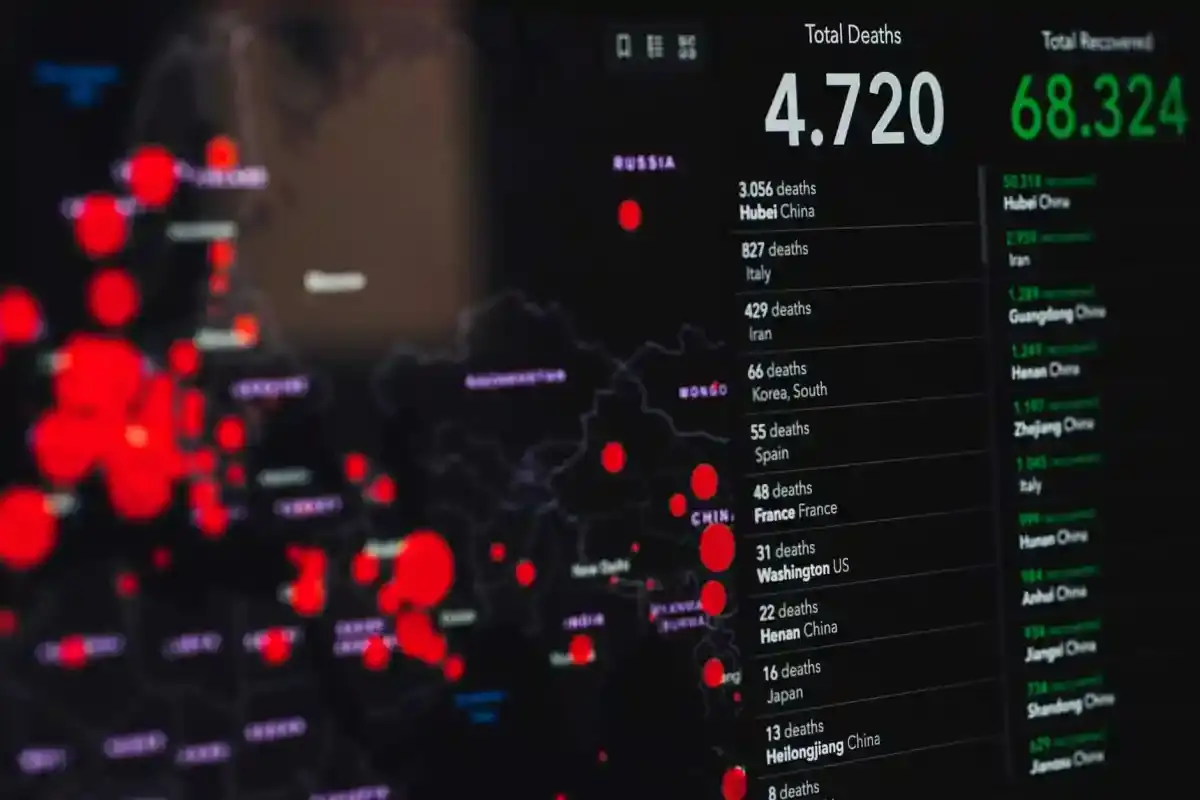The world faces a potential crisis due to Covid 19 emerging risk, which has impacted several business organizations globally. Pandemics have significantly impacted the world throughout human history. The emerging risk of the Covid pandemic is a phenomenon that has been trending over the last two years. The world is gradually changing as a result of this phenomenon. It appears that the number of emerging risks of the pandemic has been on the rise over the last couple of years.
The Covid 19 pandemic has impacted the world immensely, and companies that never encountered such forced to prepare. Organizations have prepared business continuity plans to mitigate against such crises; some institutions had instituted plans for working from home arrangements to ensure business continuity and continue to do so with a continual increase of cases worldwide.
The impact of pandemics can be huge and can affect operations for an organization in many ways. The impact of a pandemic on operations can be loss of customers, interruption of the supply chain channels, spread of infection within the organization, and death. Disruptions to the supply chain and inherent vendor risks due to restrictions in travel and commodity chain of supply have been a big concern of business organizations.
Business organizations have had to take different approaches in managing the risk posed by pandemics. Some of these approaches include making early preparations through business continuity plans. Public health mitigating infection spread within the organization, including limiting staff movements. Covid 19 awareness sessions ensure that employees understand the risks associated with a pandemic, change business processes to reduce the impact of pandemics, including telecommuting, and acquire insurance to manage the risk posed by pandemics.
Unfortunately, there are no definite solutions to mitigate this emerging risk. Organizations have had limited success in mitigating these risks through the approaches outlined above due to the high costs of implementing these measures. Assistance from the government comes in hand by providing affordable healthcare to employees through vaccinations, covid 19 fund assistance to organizations.
As the cost of business operations continues to increase due to pandemics, it will be hard for organizations to maintain a high level of profitability. Profitability will affect business operations in the long term; due to increased costs, organizations will have to increase prices. Consumers may lose interest in purchasing products and services due to high costs leading to reduced profits.
As covid 19 pandemic impact increases, it becomes critical for organizations to practice sound risk management strategies. Organizations should conduct a regular risk assessment and review business continuity plans to reflect the current risks posed by covid 19 pandemics. Those organizations that fail to assess and reduce their vulnerability to pandemic risk may face significant losses, leading to bankruptcy or takeover of the organization.
Organizations need to have business continuity management policies, programs that create organizational resilience to pandemics. Business continuity management is an aspect of risk management, where organisations undertake a risk assessment of critical business functions that will need to continue regardless of disruptive events. These functions are vital to a company’s survival and prioritized.
Businesses need to determine which risks properly fit their organization before developing a continuity plan – they can do this by conducting risk assessment, threat assessment, impact assessment, and vulnerability assessment. The results from these assessments will provide information on high-priority risks that may require additional planning.
Emerging Risk Perspective
High priority risks are the most critical business functions to an organization’s survival and can determine the impact on the company if a high-risk threat occurs. If the results of these assessments indicate a risk, businesses need to determine how likely it is for this event to happen.
When a risk becomes a reality, businesses should be ready to implement their continuity plans and put them into action in the form of mitigation, transferring the business function either internally or externally, purchasing insurance policies, or continuing to operate without implementing any changes.
In an emergency involving a pandemic crisis, everything is at risk, even the most well-prepared business. A critical error that the majority of firms make is to assume they will be immune from the pandemic, even when visible signs of an impending virus outbreak in their community.

Businesses that can understand pandemic risk and how it affects them and make risk management decisions as a result, will be in a considerably stronger position when facing an emergency. When making their risk management decisions, they should consider the following questions: Is the organisation prepared for a pandemic? Does the organization know what its critical business functions are? Does the organisation have a continuity plan to activate when an emergency arises? Is it comprehensive enough to cover all potential disruptions?
A resilient mature organization can plan and grow during a pandemic or other risk disruptions. A resilient organization should continuously review its business continuity plan to ensure it is up-to-date and reflect the current pandemic risks. The most critical action an organisation can do is not to take a “wait and see” attitude but to actively manage their risks by developing a comprehensive pandemic preparedness plan.
Organizational resilience, an aspect of a business continuity management strategy, ensures that if a crisis does occur, it will have the capability to respond rapidly and effectively. During pandemic outbreaks or crises, business continuity planning is of paramount importance in mitigating risk-averse decision—making tools organizations use to conduct risk assessments on different pandemic scenarios.
However, the level of business continuity maturity defers from one organization to another. Hence, it becomes challenging to identify vulnerable organizations and those who can manage pandemics’ risk. Thus, we conclude that it is not an easy task for organizations to protect themselves from such hazards. There is no guarantee that these mitigation measures will help reduce the impact of a pandemic on business operations.
Chris Ekai is a Risk Management expert with over 10 years of experience in the field. He has a Master’s degree in Risk Management from University of Portsmouth and is a CPA and Finance professional. He currently works as a Content Manager at Risk Publishing, writing about Enterprise Risk Management, Business Continuity Management and Project Management.

